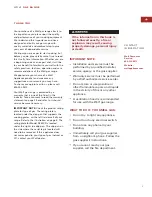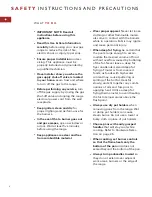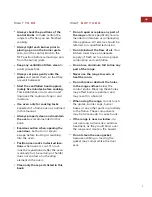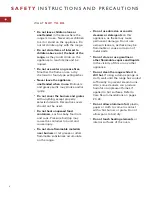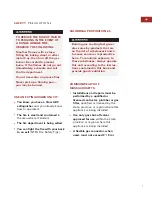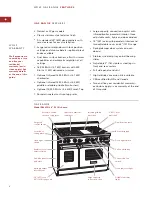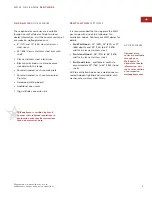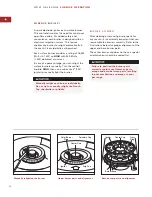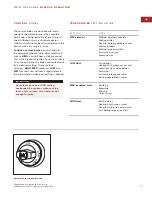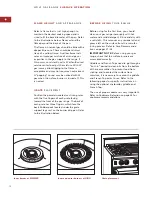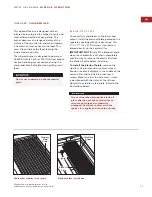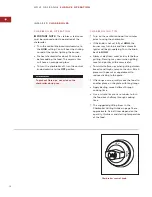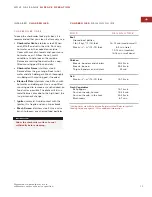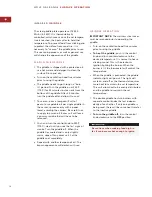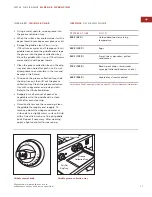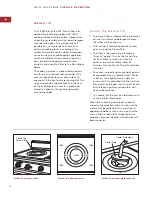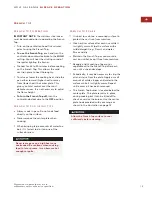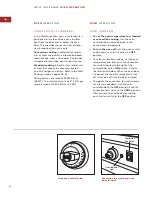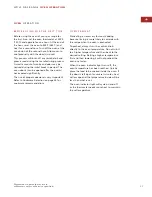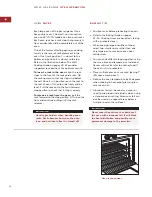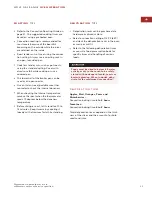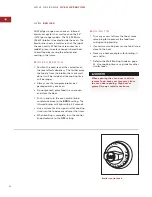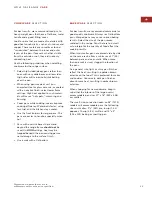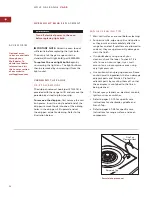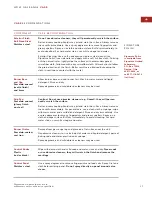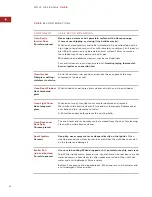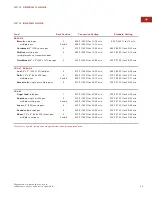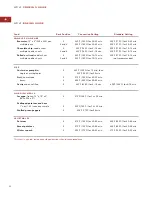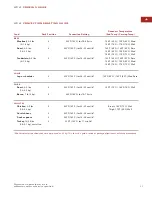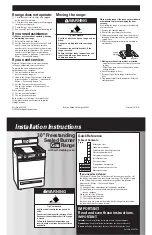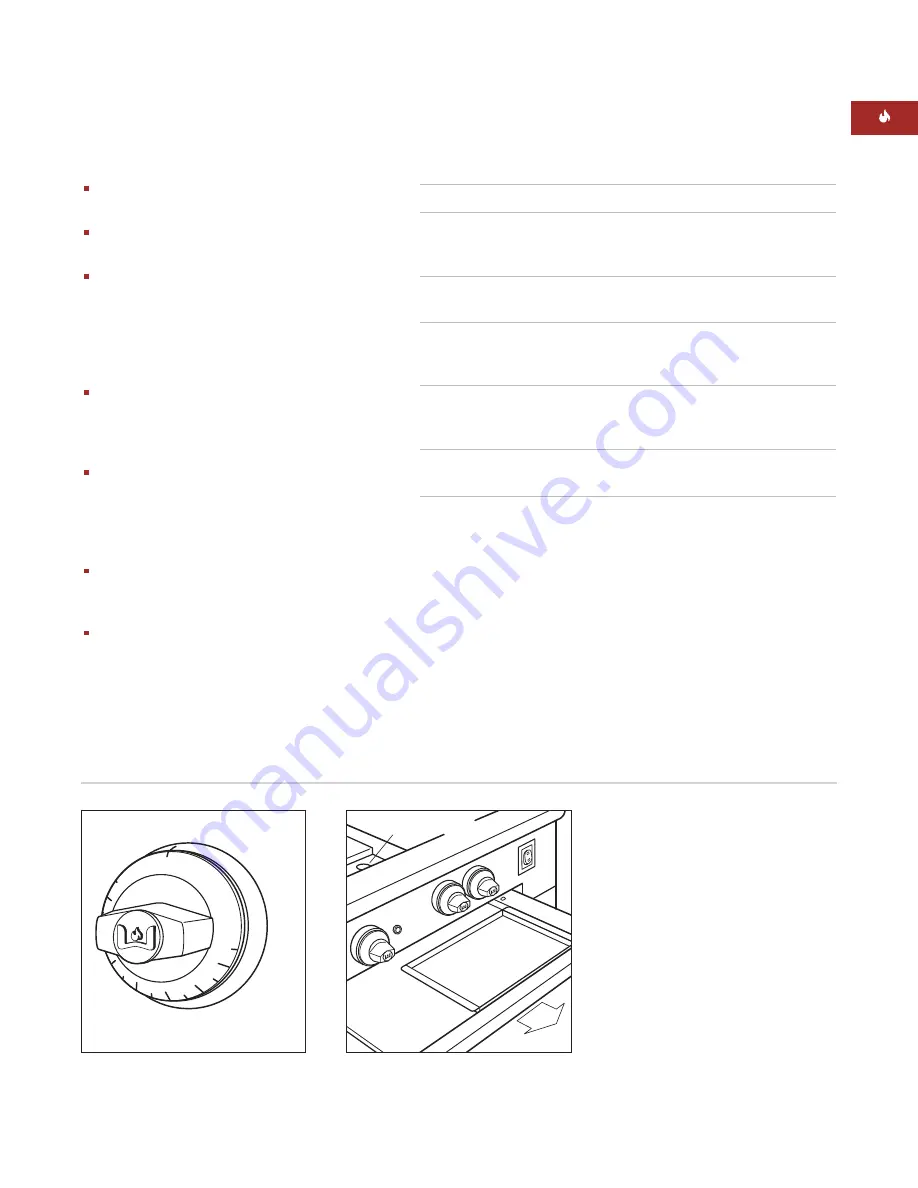
17
Dimensions in parentheses are in
millimeters unless otherwise specified.
W O L F G A S R A N G E
S U R FA C E O P E R AT I O N
I N F R A R E D
G R I D D L E C A R E
Using a metal spatula, scrape grease into
the grease collection tray.
When the surface has cooled, wipe it with a
paper towel to remove excess grease or oil.
Scrape the griddle clean. Pour
1
/
2
cup
(118 ml) warm water and 1 teaspoon (5 ml)
griddle cleaner onto the griddle and scrape
the grease into the grease collection tray.
Rinse the griddle with
1
/
2
cup (118 ml) warm
water and dry with paper towels.
Clean the grease collection tray on the drip
tray and drain hole after each use. Do not
allow grease to accumulate in the tray and
become a fire hazard.
To remove the grease collection tray, slide
the drip tray out, then lift out the grease
collection tray. Clean the grease collection
tray with soapy water and a clean cloth.
Refer to the illustration below.
Reapply a small amount of peanut or
vegetable oil to the griddle with a clean
cloth after each cleaning.
Occasionally remove the seasoning, clean
the griddle thoroughly and reapply. To
remove, add white vinegar and water or
club soda to a slightly warm surface. Scrub
with a fine wire brush or a fine-grit griddle
brick. Repeat if necessary. After cleaning,
apply a light coat of oil for seasoning.
Griddle grease collection tray
OFF
0
0
20
0
1
5
0
2
50
3
0
0
3
1
0
0
4
5
0
Griddle control knob
Griddle Drain Hole
Grease
Collection Tray
Pull-Out
Drip Tray
G R I D D L E
C O O K I N G G U I D E
T E M P E R A T U R E
F O O D
200˚F (95˚C)
Hold cooked food at serving
temperature
250˚F (120˚C)
Eggs
350˚F (175˚C)
French toast, pancakes, grilled
sandwiches
375˚F (190˚C)
Bacon, pork chops, lamb steaks,
sausage, flattened boneless chicken
400˚F (205˚C)
Vegetables, sliced or grated
Refer to the Wolf Cooking Guide on pages 29–32 for additional information.

